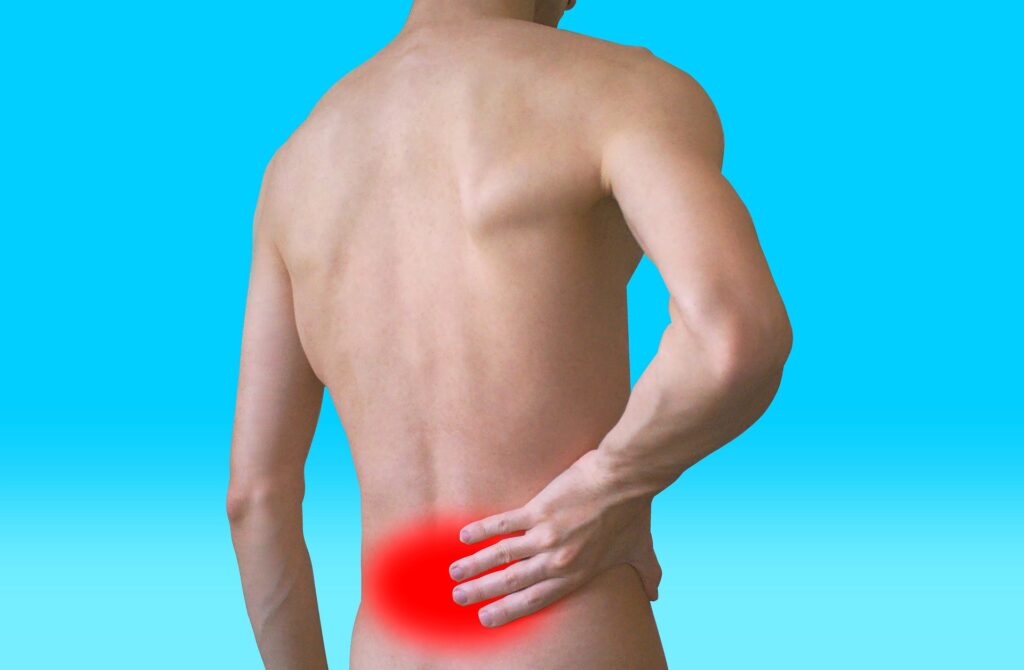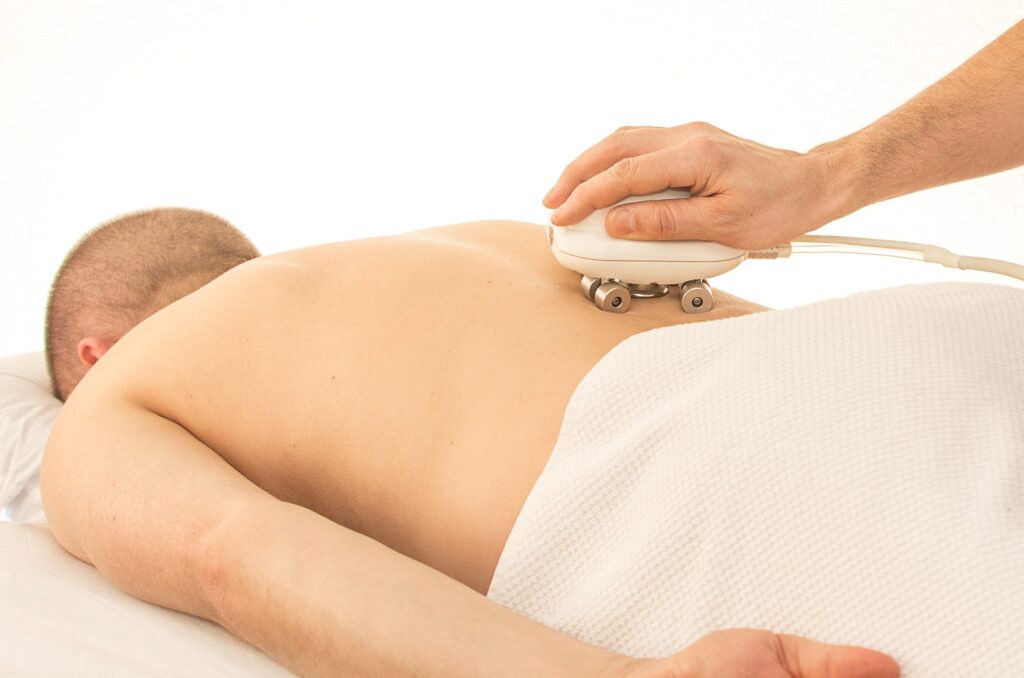
Is there something as the one movement for instant sciatica pain relief? Sciatica is a common condition that causes pain, weakness, and tingling or numbness in the lower back, hips, or buttocks. It can cause serious complications if it is not treated. Finding the one movement for instant sciatica pain relief would help many people suffering from the condition.
The sciatic nerve is your body’s largest and longest nerve
The sciatic nerve is your body’s largest and longest nerve that runs from the spine and into the hips, buttocks, and legs. When it is irritated, damaged, inflamed, or compressed, it can cause numbness, tingling, and pain.
Fortunately, there are many pre-emptive measures you can take to minimize your risk of sciatica. These include exercising regularly, sleeping on a comfortable mattress, and maintaining good posture.
Stretching tense muscles, like those in the hamstrings and piriformis, can also help reduce sciatica pain. This is because these muscles are often tight from sitting for long periods, and can pinch or squeeze the sciatic nerve.
Pigeon Pose (Lower Back)
Lie on the floor with your knees bent and feet flat. Lift your left leg so that your ankle is resting on your right knee. Gently press down through the raised leg, allowing your upper body to lean forward. Hold for a few seconds, then switch legs.
Standing Hamstring Stretch
Whether you have sciatica or not, this stretch is a great way to increase your flexibility and improve your range of motion. It targets the piriformis muscle, which is one of the hip rotator muscles and can be linked to sciatica.
If doing this exercise doesn’t provide sufficient relief, you may want to consider using a TENS therapy device. This device from iTENS Australia can be used to effectively treat sciatica and other painful conditions. Its wireless features and discreet design make it a valuable and convenient option for those who need quick and easy sciatica pain relief.
Miracle cure for sciatica
If you’ve ever had sciatica, you know it can be a major pain. It can affect all aspects of your life, making you miss work and social gatherings, and it can even cause numbness and tingling in your lower legs.
Often, people suffering from this condition try to take painkillers and rest, thinking that this will help them heal faster. Unfortunately, this can do more harm than good as it can prevent your body from healing properly and reducing the symptoms.
Some people have even tried physical therapy, and while this can be helpful in terms of relieving some of the discomfort caused by sciatica, it won’t cure your problem completely.
The most effective treatment for this condition is to address the root cause. When it comes to sciatica, the pain is generally caused by tight or strained muscles within the lumbopelvic hip region.
Muscle manipulations like stretching, massaging, and rubbing can provide short-term relief by improving blood circulation and pliability in the muscle. However, these treatments don’t address the tension being held in specific areas within the muscle, which can result in re-tensioning of the muscles over time.
By identifying the contracted muscles that are causing your pain, we can target them with specific stretches and direct prolonged pressure to relieve the tension, improving blood flow, reducing inflammation, and permanently fixing the cause of your sciatica.
In the long run, these methods can be a lot more effective than the typical treatments offered by hospitals and doctors. In addition to these treatments, some other natural remedies can also be beneficial for reducing and managing the pain of sciatica.

How to relieve sciatica pain in bed
Sciatica is a condition that causes pain, numbness or tingling in the lower back, buttocks and legs. It can be annoying, distracting, and even debilitating.
Getting a good night’s sleep is one of the best ways to alleviate the pain that sciatica causes. If you’re struggling to fall asleep and stay asleep with sciatica, it’s time to try a new sleeping position that will help relieve your pain.
Sleeping on your side is considered the most ideal position for spinal alignment, as it prevents strain and pressure on your spine during the night. However, sleeping on your stomach is actually the worse sleeping position for spinal health and should be avoided if you suffer from back or neck pain.
If you’re a side sleeper, try elevating your knees and placing pillows under your hips to support the spine. This will take pressure off your spine and help relieve the pain that sciatica can cause.
It may be a bit trial and error, but this could be the ideal way to get a better night’s sleep with sciatica.
Make sure to go to bed and wake up at the same time each day. This will help you maintain a consistent routine and will make it easier to fall asleep and remain asleep throughout the night.
It’s also important to find a mattress that will support your spine and ease the strain on it while you sleep. A medium-firm mattress has been shown to be the best for promoting spinal alignment and helping with pain.
Best sitting position for sciatica
One of the most overlooked ways to alleviate sciatic nerve pain is by correcting your sitting posture. When you sit in a poor-fitting seat, it puts added pressure on the lumbar spine and discs. This pressure is a common cause of lower back pain and can also irritate the sciatic nerves that run down your legs.
The right chair can make all the difference!
A good chair will be flexible and adjust to your body structure. The seat should also be comfortable and able to support your body weight.
The most important thing to remember when buying a new chair is that you should buy a chair with lumbar support. The best chair for your lower back will have a supportive, curved design that will help keep you in an upright position.
You can get a chair like this from your doctor or by visiting an online store that specializes in chairs for people with spinal issues. Many of these chairs are designed to help with a number of health conditions, including sciatica.
Another great way to relieve pain is by applying a constant source of cold or heat. Applying ice to the lower back can reduce inflammation and swelling, which can relieve sciatica symptoms. If you are suffering from sciatica, a warm bath is also an excellent way to relax the muscles that surround the nerve. The hot water will stimulate blood flow to the tense areas and also increase calming, happiness-inducing hormones such as dopamine and serotonin.
If you liked the article, please donate!
